Is aquaculture good or bad?
Struggling to find sustainable seafood? With wild fish stocks dwindling, the world is turning to fish farms. But this solution brings its own set of environmental questions, leaving us wondering what to choose.
Aquaculture is both beneficial and harmful. It provides a reliable source of protein to feed a growing population, but it can also cause significant environmental damage like water pollution and disease spread if not managed responsibly.
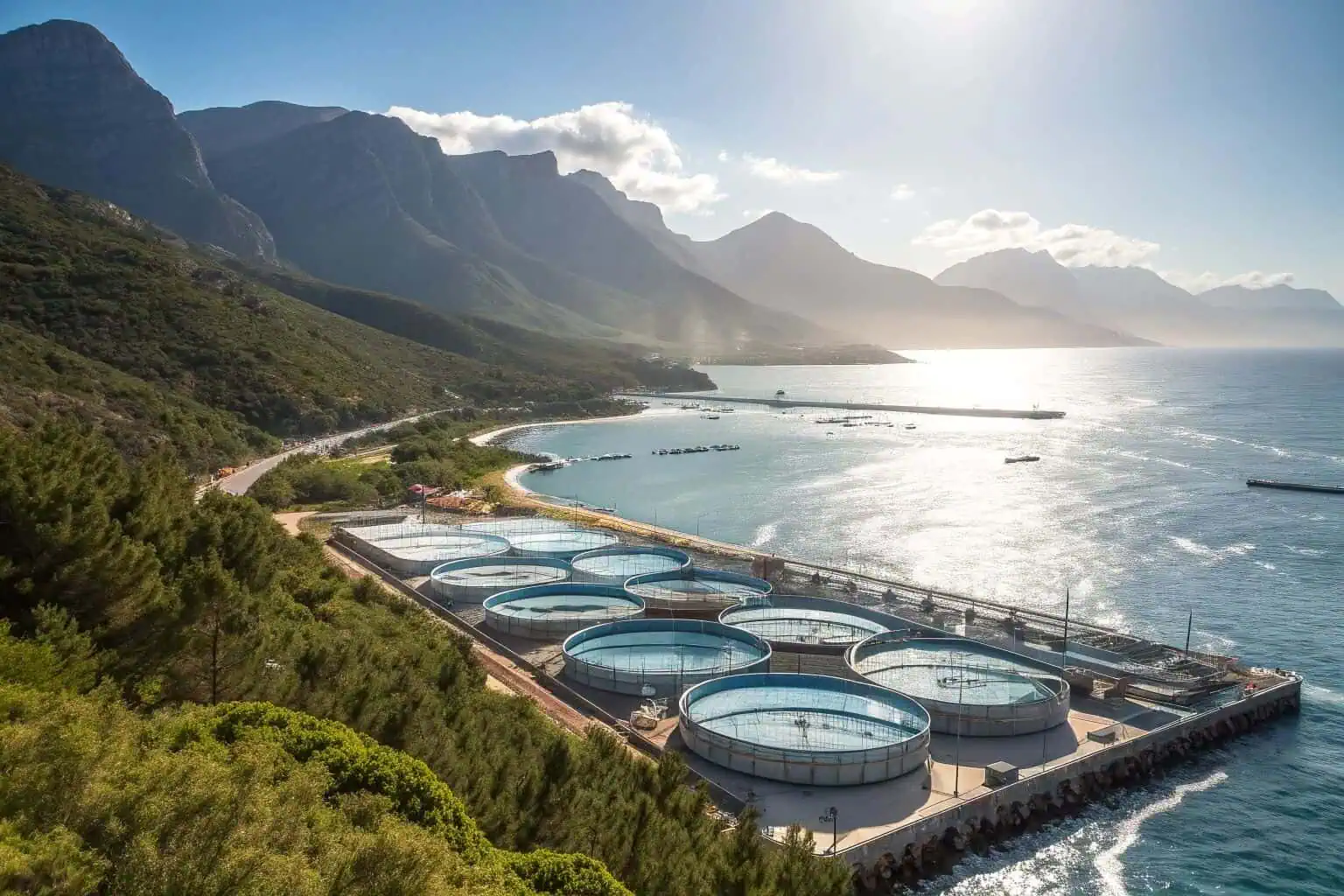
As someone deeply involved in this industry, I've seen both its bright potential and its troubling downsides. The challenge isn't about choosing between wild-caught and farmed; it's about making aquaculture sustainable for the long haul. Let's dive deeper into the specific pros and cons to understand the full picture.
Is aquaculture a good or bad thing?
It's confusing, isn't it? One day you hear that fish farming is saving the oceans, and the next you hear it's destroying them. It's hard to know what to believe or which seafood to put on your plate.
Ultimately, whether aquaculture is good or bad depends entirely on the methods used. It offers huge benefits like a steady food supply and jobs, but irresponsible farming can harm ecosystems. The key is to support the good and regulate the bad.
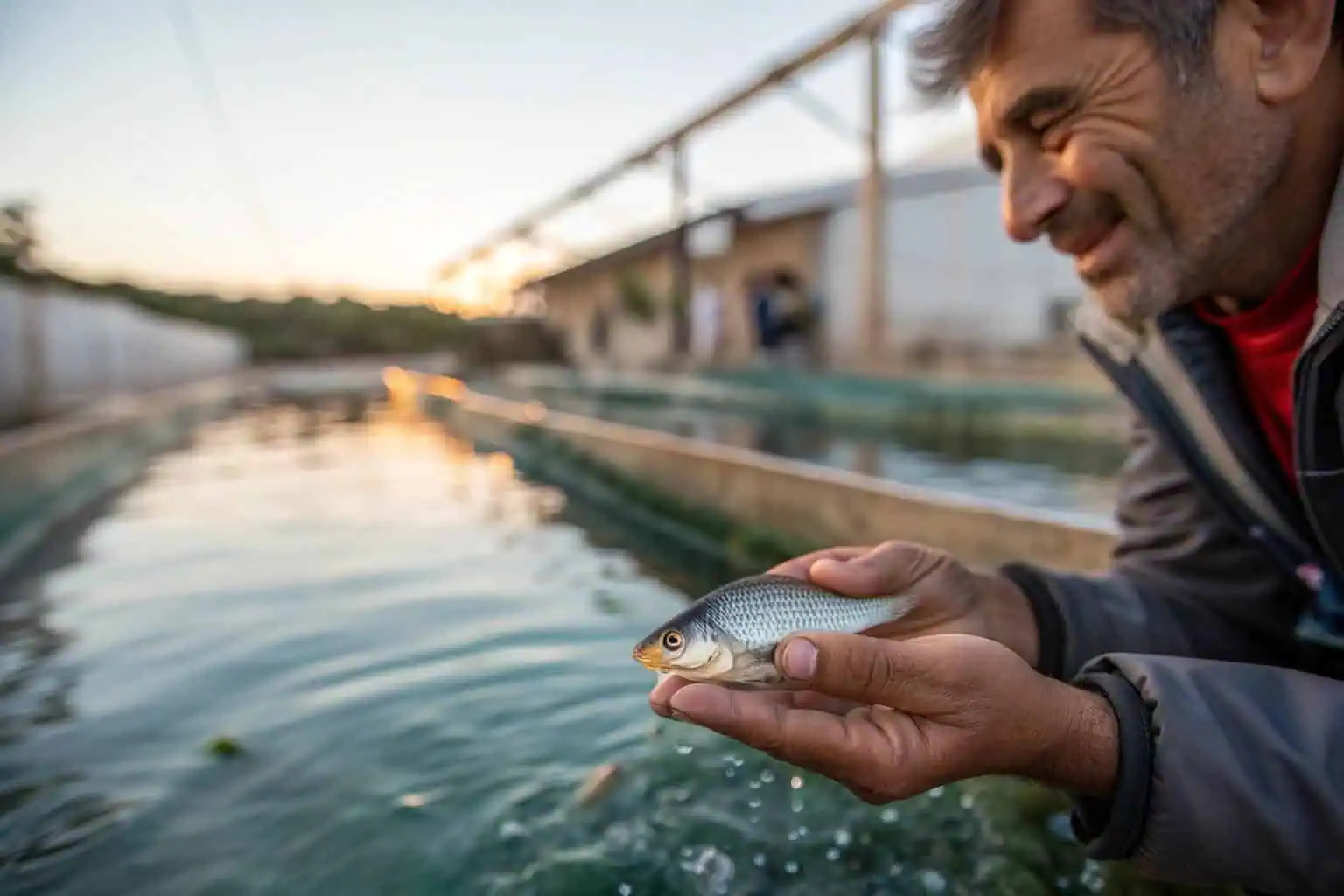
From my experience, the difference between a beneficial farm and a harmful one often comes down to technology and management. For instance, using durable, well-designed equipment1 can prevent leaks and waste, which is a big step in the right direction. We need to look closely at the specific practices to judge the outcome. It's not a simple yes or no question; the details matter. Let's break down the arguments.
The Upside: Why We Need Aquaculture
A huge plus is food security. As the world's population grows, we need more protein, and aquaculture delivers it efficiently. It also creates jobs, often in coastal communities where other opportunities are scarce. For my company, Bancy, we support these businesses by providing reliable, customizable fish tanks2, like our galvanized steel models, that form the backbone of their operations. This helps local economies thrive while feeding the nation.
The Downside: The Environmental Cost
On the other hand, the environmental risks are real. Poorly managed farms can release fish waste, excess feed, and chemicals into the water, harming wild habitats. This is a problem I take seriously. It's why we focus on creating robust systems that support cleaner, more contained farming methods. The goal is to minimize the farm's footprint, ensuring that we are not solving one problem (food shortage) by creating another (pollution).
| Aspect | Good Thing (Benefits) | Bad Thing (Drawbacks) |
|---|---|---|
| Food Supply3 | Provides a consistent and reliable source of protein. | Can rely on wild-caught fish for feed, depleting other species. |
| Economy | Creates jobs and supports local economies. | High initial investment can be a barrier for small farmers. |
| Environment | Can reduce pressure on overfished wild stocks4. | Can cause water pollution5 and spread disease to wild populations. |
What are three negative effects of aquaculture?
We know aquaculture isn't perfect. But what are the specific problems we should be most concerned about? It's easy to talk in general terms, but pinpointing the exact issues is the first step toward finding solutions.
The three most significant negative effects of aquaculture are water pollution from farm waste, the spread of diseases to wild fish, and the high consumption of natural resources like water and feed made from wild-caught fish.
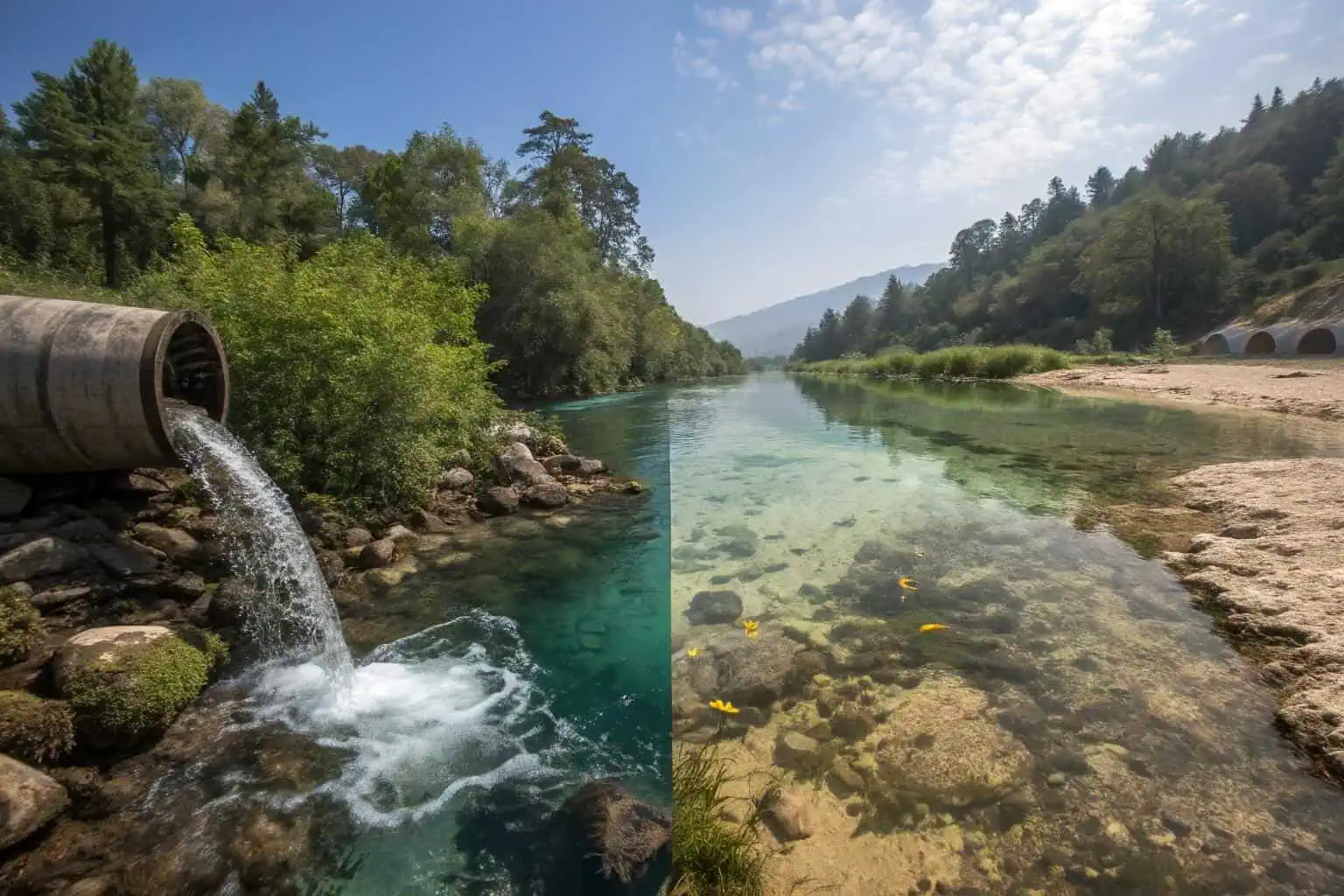
I've seen these issues firsthand. A poorly managed farm can quickly become a source of pollution, and I've talked to operators who have struggled with disease outbreaks. These aren't just abstract risks; they have real-world consequences for the environment and the farmers themselves. That's why our focus at Bancy is on providing containment solutions, like our collapsible PVC-lined tanks6, that give farmers better control over the environment, helping to mitigate these very problems.
1. Water Pollution
Fish farms produce a lot of waste, including feces and uneaten feed. In open-water net pens, this waste flows directly into the surrounding ecosystem. The excess nutrients can cause algal blooms7 that suck oxygen out of the water, creating "dead zones" where wild fish can't survive. This is a major concern, and it's why more farmers are moving toward land-based, closed-loop systems where water can be treated and recycled.
2. Disease and Parasite Spread
When you have a lot of fish in a small area, diseases and parasites can spread like wildfire. These pathogens can then escape the farm and infect wild populations, which have no natural immunity. This can be devastating for local ecosystems. Better containment, regular health checks, and lower stocking densities8 are all crucial strategies to manage this risk effectively.
3. Resource Drain
Many popular farmed fish, like salmon, are carnivorous. They need to eat other fish to grow. This means that a lot of wild-caught fish, like anchovies and sardines, are harvested just to be turned into fish feed. This puts a huge strain on wild ocean resources. The industry is working hard to develop alternative feeds using plants, algae, and insects to make aquaculture more sustainable from start to finish.
| Negative Effect | Description | Potential Solution |
|---|---|---|
| Water Pollution9 | Waste from fish and feed pollutes surrounding water, causing algal blooms. | Use of closed-loop systems like Recirculating Aquaculture Systems (RAS). |
| Disease Spread10 | Pathogens from dense farm populations can infect wild fish. | Improved containment, lower stocking densities, and regular health monitoring. |
| Resource Drain | Farming carnivorous fish requires large amounts of wild-caught fish for feed. | Developing and using alternative, plant-based or insect-based feeds. |
What is the biggest problem in aquaculture?
With so many challenges, from pollution to resource use, it's hard to know where to focus our efforts. If we could only solve one problem to make the biggest impact, what would it be? What is the core issue holding the industry back?
The single biggest problem in aquaculture is achieving true, long-term sustainability. This means finding a way to operate that is profitable, environmentally friendly, and socially responsible all at the same time. Many current practices fall short in one of these areas.
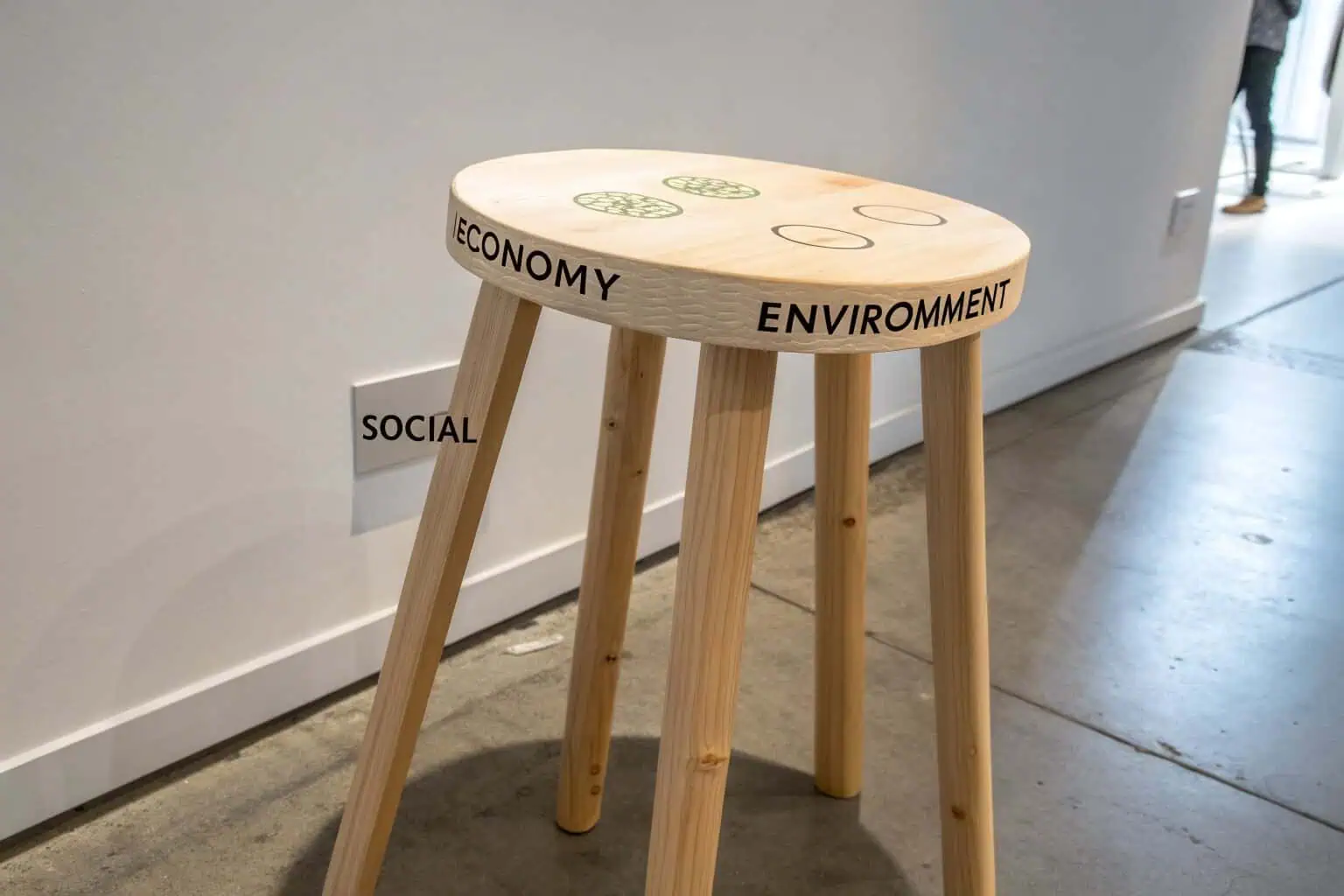
In my view, this is the heart of the matter. You can have a profitable farm that pollutes, or an eco-friendly farm that goes bankrupt. Neither is a long-term solution. The real goal is to find that sweet spot in the middle. This is where innovation becomes so important. For example, our double-welding technique11 at Bancy creates stronger, more reliable tanks that last longer. This helps the farmer's bottom line (economic) while preventing leaks that could harm the environment (environmental).
The Sustainability Puzzle
Sustainability isn't just about the environment. It's a three-legged stool: economic, environmental, and social. If one leg is weak, the whole system fails. An economically unsustainable farm will shut down, no matter how green it is. An environmentally damaging farm will eventually destroy the very resources it depends on. And a farm that doesn't have community support (social sustainability12) will face constant opposition.
Innovation as the Solution
Solving the sustainability puzzle requires new ideas and better technology. Recirculating Aquaculture Systems (RAS) are a great example. These are land-based, closed-loop systems that filter and reuse water, dramatically cutting down on pollution and water use. They require durable, high-quality tanks that can be trusted not to fail. This is the kind of forward-thinking solution that our industry needs to embrace. It's about investing in quality equipment and smart systems to create a farm that can thrive for generations.
| Pillar of Sustainability | Challenge | Goal & Solution |
|---|---|---|
| Economic | High startup costs13, operational expenses, and market price volatility. | Improve efficiency with technology (e.g., durable tanks), reduce waste, and develop stable markets. |
| Environmental | Pollution, resource use (water, feed), and impact on local ecosystems. | Adopt closed-loop systems14 (RAS), use sustainable feeds, and minimize environmental footprint. |
| Social15 | Community opposition, labor practices, and ensuring food safety. | Engage with local communities, ensure fair labor, and maintain high standards for product quality. |
Which is an advantage of aquaculture?
After discussing all the problems, it's easy to feel pessimistic. But we can't forget why aquaculture is so important in the first place. What is the core benefit that makes it worth pursuing despite the challenges?
A primary advantage of aquaculture is its incredible efficiency in producing protein. It allows us to grow large quantities of food in a controlled space, which is essential for meeting global food demand and can help reduce fishing pressure on wild, over-exploited stocks.
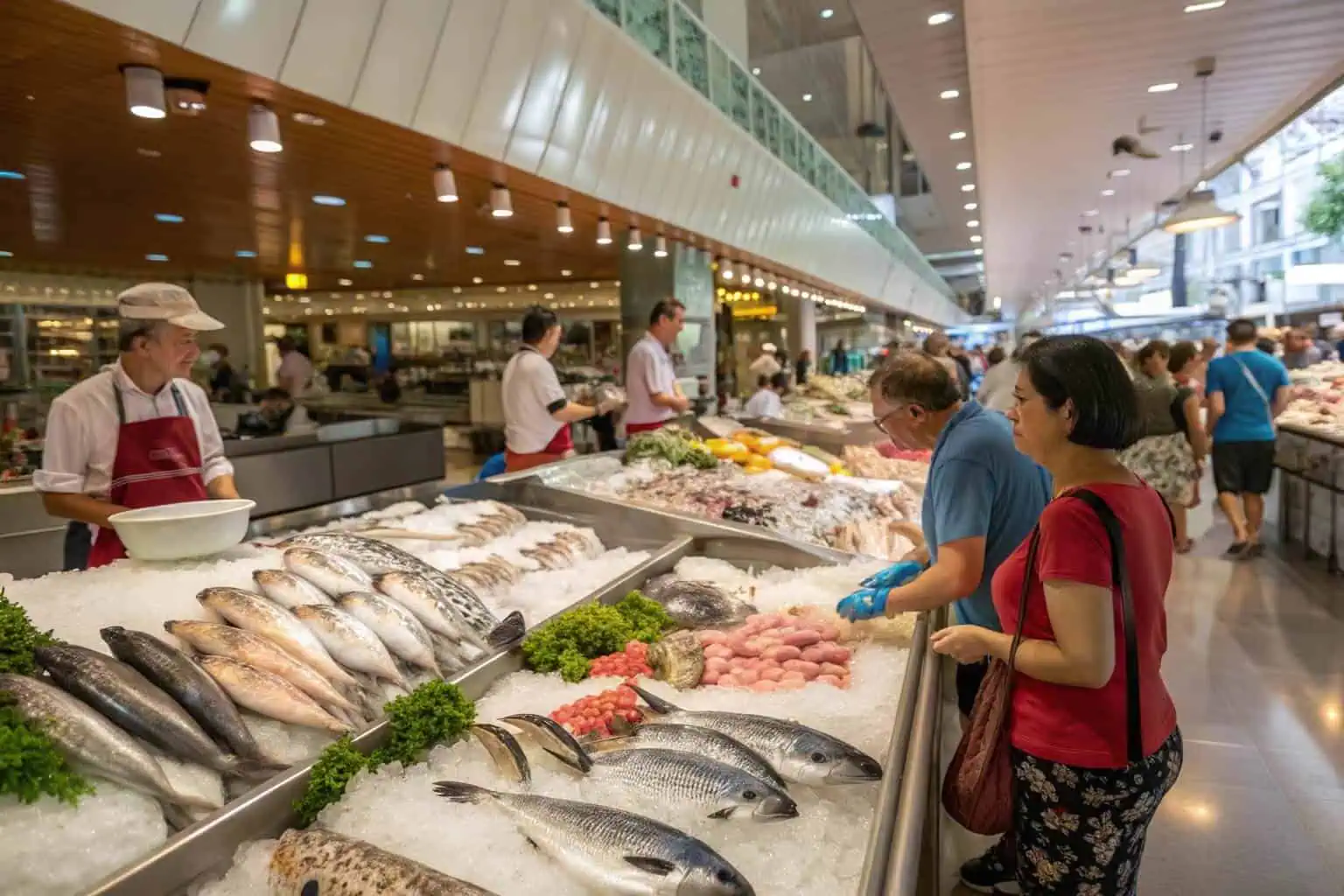
This is the fundamental reason I believe in this industry. We have a growing global family to feed, and we are running out of wild fish. Aquaculture, when done right, is a powerful tool to fill that gap. I've worked with countless clients who started small farms and are now major food suppliers for their regions. They are creating jobs and producing healthy food16. Seeing this impact firsthand is a powerful reminder of the good that aquaculture can do.
A Reliable Food Source
Unlike wild-capture fisheries, which are subject to seasons, weather, and fluctuating stocks, aquaculture provides a predictable, year-round supply of seafood17. This stability is crucial for food markets and for planning our global food strategy. It ensures that fresh, healthy protein is consistently available to people around the world.
Economic Opportunity
Aquaculture is also a powerful economic driver. It creates a wide range of jobs, from working on the farm to processing, transportation, and sales. At Bancy, we are part of this ecosystem. By manufacturing custom tanks and pools18, we not only support the fish farmers but also contribute to a larger supply chain that provides livelihoods for many people.
Conservation Potential
By providing an alternative to wild-caught fish, aquaculture has the potential to be a major force for ocean conservation. If we can satisfy a large portion of seafood demand with farmed products, it could give wild populations the breathing room they need to recover from decades of overfishing. This is a long-term goal, but it's one of the most exciting possibilities of a well-managed aquaculture industry.
| Feature | Aquaculture | Wild-Capture Fisheries |
|---|---|---|
| Supply Reliability19 | High and predictable; year-round production is possible. | Low and unpredictable; subject to seasons, weather, and stock levels. |
| Production Control | High; farmers control the growing environment, feed, and genetics. | None; relies on catching whatever is available in the wild. |
| Environmental Impact | Can be high (pollution, resource use) but is manageable with technology. | High (overfishing, bycatch, habitat destruction from trawling). |
| Food Security20 | High; can be scaled to meet growing global demand. | Declining; many wild stocks are fully exploited or depleted. |
Conclusion
Aquaculture is a complex field with great promise and significant risks. Its future, and the health of our planet, depends on our commitment to sustainable practices, technological innovation, and responsible management.
-
Exploring this link will provide insights into how quality equipment can enhance farm efficiency and sustainability. ↩
-
This resource will help you understand the advantages of customizable fish tanks in enhancing aquaculture efficiency and productivity. ↩
-
Explore this resource to understand how aquaculture impacts food supply, balancing benefits and environmental concerns. ↩
-
Exploring this topic reveals how aquaculture can be a solution to overfishing and promote marine conservation. ↩
-
Understanding the effects of water pollution is crucial for sustainable farming practices and protecting ecosystems. ↩
-
Explore this link to understand how collapsible PVC-lined tanks can enhance farm management and environmental control. ↩
-
Understanding algal blooms is crucial for grasping their effects on water quality and marine life. ↩
-
Exploring the benefits of lower stocking densities can help improve fish health and reduce disease spread. ↩
-
Understanding the effects of water pollution can help in implementing better practices in aquaculture. ↩
-
Exploring disease prevention methods is crucial for maintaining healthy fish populations and sustainable farming. ↩
-
Discover how the double-welding technique can enhance farm efficiency and sustainability, benefiting both the economy and the environment. ↩
-
Exploring social sustainability helps in fostering community support and engagement, essential for any successful initiative. ↩
-
Understanding how to manage startup costs can help entrepreneurs make informed financial decisions and improve their chances of success. ↩
-
Exploring closed-loop systems can reveal innovative practices that enhance sustainability and reduce environmental impact. ↩
-
Explore this link to discover effective strategies for engaging communities and ensuring fair labor in sustainability efforts. ↩
-
This resource will highlight the role of aquaculture in providing nutritious food options for communities. ↩
-
This resource will help you understand the significance of a consistent seafood supply for food markets and global food strategies. ↩
-
Exploring the use of custom tanks and pools can provide insights into innovations that enhance fish farming efficiency. ↩
-
Understanding supply reliability in aquaculture can help you appreciate its advantages over wild-capture fisheries. ↩
-
Exploring this link will reveal how aquaculture can address global food security challenges. ↩